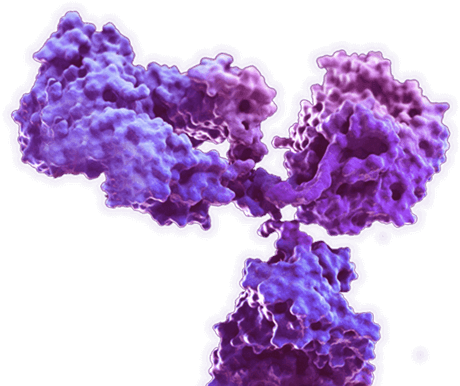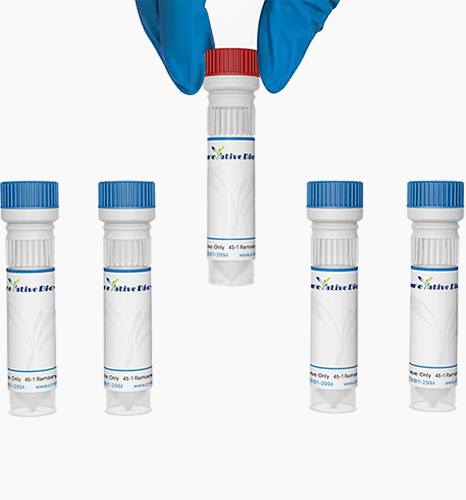HT115(DE3) competent cells (MOFY-0822-FY510)
Cat: MOFY-0822-FY510
Certificate of Analysis Lookup
To download a Certificate of Analysis, please enter a lot number in the search box below. Note: Certificate of Analysis not available for kit components.
Lot Number
To download a Certificate of Analysis, please enter a lot number in the search box below. Note: Certificate of Analysis not available for kit components.
Lot Number
| Size: | |
| Inquiry |
- Specifications
- Properties
Specifications
| Description | The HT115(DE3) strain is a special RNase III-deficient Escherichia coli strain that can feed on nematodes and is mainly used for RNAi interference experiments of C. elegans. The strain can grow normally in LB or 2YT medium, and the presence of Tn10 transposon makes it resistant to tetracycline. |
| Gene Types | F- mcrA mcrB, IN (rrnD-rrnE)1 rnc14::Tn10 (DE3 lavUV5::T7 polymerase) |
| Size | 100 µL/vial |
| QC result | Transformation efficiency of pUC19 plasmid detection:> 0.5×108 cfu/μg DNA |
| Note | 1. Melt competent cells slowly in ice as much as possible, and add target DNA within 8 minutes of inserting into ice. Do not keep in ice for too long, as long-term storage will reduce the transformation efficiency. 2. Transforming high concentrations of plasmids can correspondingly reduce the amount of bacteria that are ultimately used for plating. 3. During induction, the IPTG concentration can be selected according to the experiment (0.1-10mM). 4. When transforming nematode RNAi plasmid, the concentration of antibiotics can be referred to: ampicillin-50ug/ml, tetracycline-12.5ug/ml. 5. If protein expression is performed, in order to obtain the required amount of protein, the induction time, temperature, and IPTG concentration need to be optimized by the experimenter. |
Properties
| Shipping | Dry ice |
| Storage | Store at -80 °C |
| Handling Advice | Immediately upon receipt, cells were transferred from dry ice to -80°C refrigerator. |
For Research Use Only | Not For Clinical Use.
Online Inquiry


